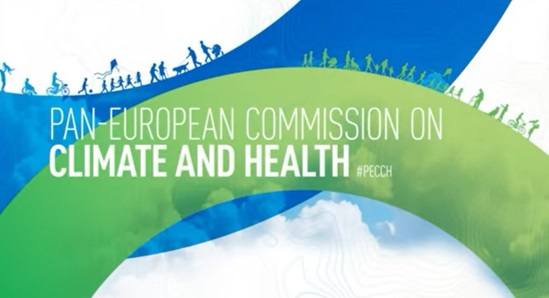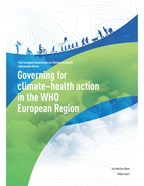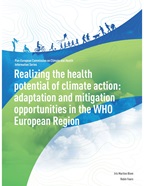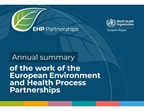Health systems are one of the main lines of defence in protecting populations from emerging threats, including the impacts of a changing and more variable climate. Health-care facilities of varying sizes are vulnerable to climate change and other environmental
stresses. It is therefore essential to ensure that health systems can continue to deliver essential public health functions during extreme events and under climate stress, and for them to play their critical role in a coordinated multisectoral response
to emergencies.
Health-care facilities can also have negative impacts on the environment themselves, and consequently on health. Health care makes up more than 4.4% of global net climate emissions. The health-care sector needs to demonstrate leadership to decarbonize,
transforming and aligning the sector’s growth trajectory to achieve zero emissions while building resilience and meeting global health goals.
Climate-resilient and environmentally sustainable health-care facilities anticipate, respond to, cope with, recover from and adapt to climate-related shocks and stresses. Simultaneously they minimize negative impacts on the environment and leverage opportunities
to restore and improve it to protect the health and well-being of future generations.
WHO leads an Adaption Action Coalition aiming to increase the resilience of health systems globally in collaboration with multiple partners and countries. The Climate Resilient Health Systems Initiative, which supports the goals of the Coalition, has
a clear vision: to ensure that by 2030 all health systems worldwide have strengthened resilience against climate impacts.













